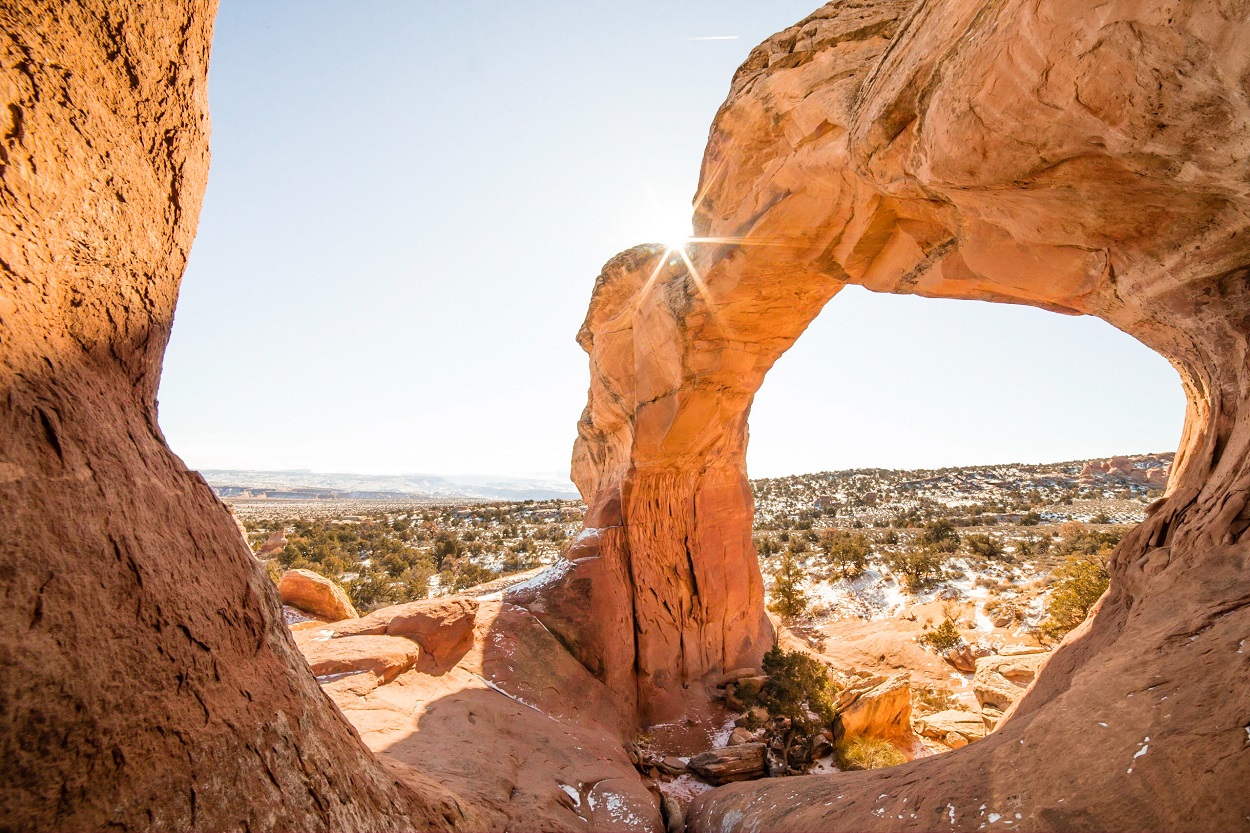As 2020 draws to a weary close, I hesitated to do the traditional look -back and reflect on all the year has brought. With so many hardships this year, from the coronavirus pandemic and the police brutality that led to new uprisings for racial justice to climate-fueled natural disasters, maybe 2020 should be left in the rearview mirror and declared undeserving of a second glance.
It’s a good thing I gathered my courage, though, because this year did bring some good news worthy of a deeper look.
Despite a federal administration where extractive industries hold tremendous sway, Sierra Club activists and partners were able to protect more than 970,000 acres of cultural areas, wildlife habitat, and wild spaces from oil and gas leasing. The deferred leases mean less pollution for communities, something that’s especially important as underlying health conditions tied to dirty air lead to worse COVID-19 outcomes. Among the protected areas were public lands near Arches National Park and key migration routes in Wyoming.
Legal pressure halted what would have been the largest old-growth timber sale seen in the United States in decades, preserving the Tongass National Forest. Sometimes called America’s climate forest, the Tongass stores vast amounts of carbon in its old-growth trees. Thanks to strong Indigenous and conservation advocacy, the forest’s old trees will continue to provide for Indigenous people’s subsistence and for our climate.
Indigenous-led activism also safeguarded the coastal plain of the Arctic Refuge for another year. Even if the coastal plain is offered up for lease by what has been the most anti-environmental administration in history, dozens of banks -- including all six major US banks -- have publicly committed not to fund drilling there. The groundbreaking corporate commitments are a game changer for any companies still thinking to risk doing business in the Arctic Refuge.
Plans were overturned for the large-scale Pebble Mine, which would have threatened the cultures, livelihoods, jobs, and food sources of more than 30 Alaska communities. The toxic pollution from the mine could have devastated the thriving salmon economy that supports not only Alaska but also the Pacific Northwest.
In Washington, DC, protecting public lands continued to be a unifying issue in a sea of congressional division. Culturally and environmentally important lands in Nevada were saved from expanded bombing ranges. Legislation advanced to protect more than half a million acres of wilderness, wild and scenic rivers, recreation areas and critical habitat in Colorado, California public lands, and the Wild Olympics in Washington State. Congress recognized the need to safeguard public lands around the Grand Canyon from toxic uranium mining and allocated $9.5 billion to address the maintenance backlog in parks and public lands. And for the first time, Congress granted full and permanent funding for the Land and Water Conservation Fund -- critical for new investments in park projects and increasing access to nearby nature.
As we close the book on the Trump era and welcome a new administration, we celebrate President-Elect Biden’s nomination of Representative Haaland (D-NM) to lead the Department of the Interior. Rep. Haaland has been a champion of public lands and a leader in work to make parks and monuments more welcoming to all. She has a history of building nation-to-nation relationships with Native Tribes and would be the first Native American cabinet secretary. She is a climate believer, a follower of science, and a staunch supporter of efforts to protect 30 percent of lands and waters by 2030 -- exactly what is needed to counter the climate and extinction crises.
Perhaps change is closer than it first appeared after all.
